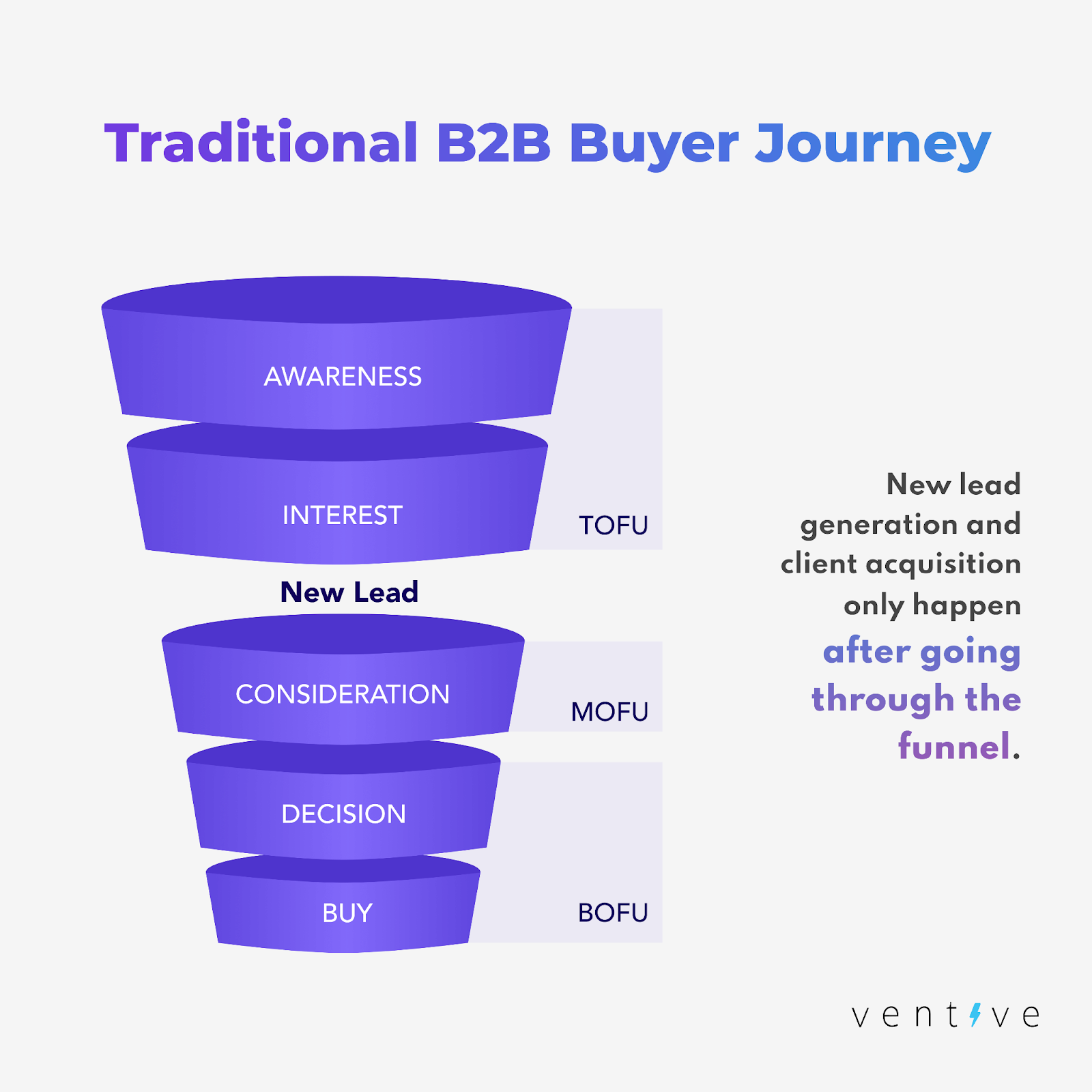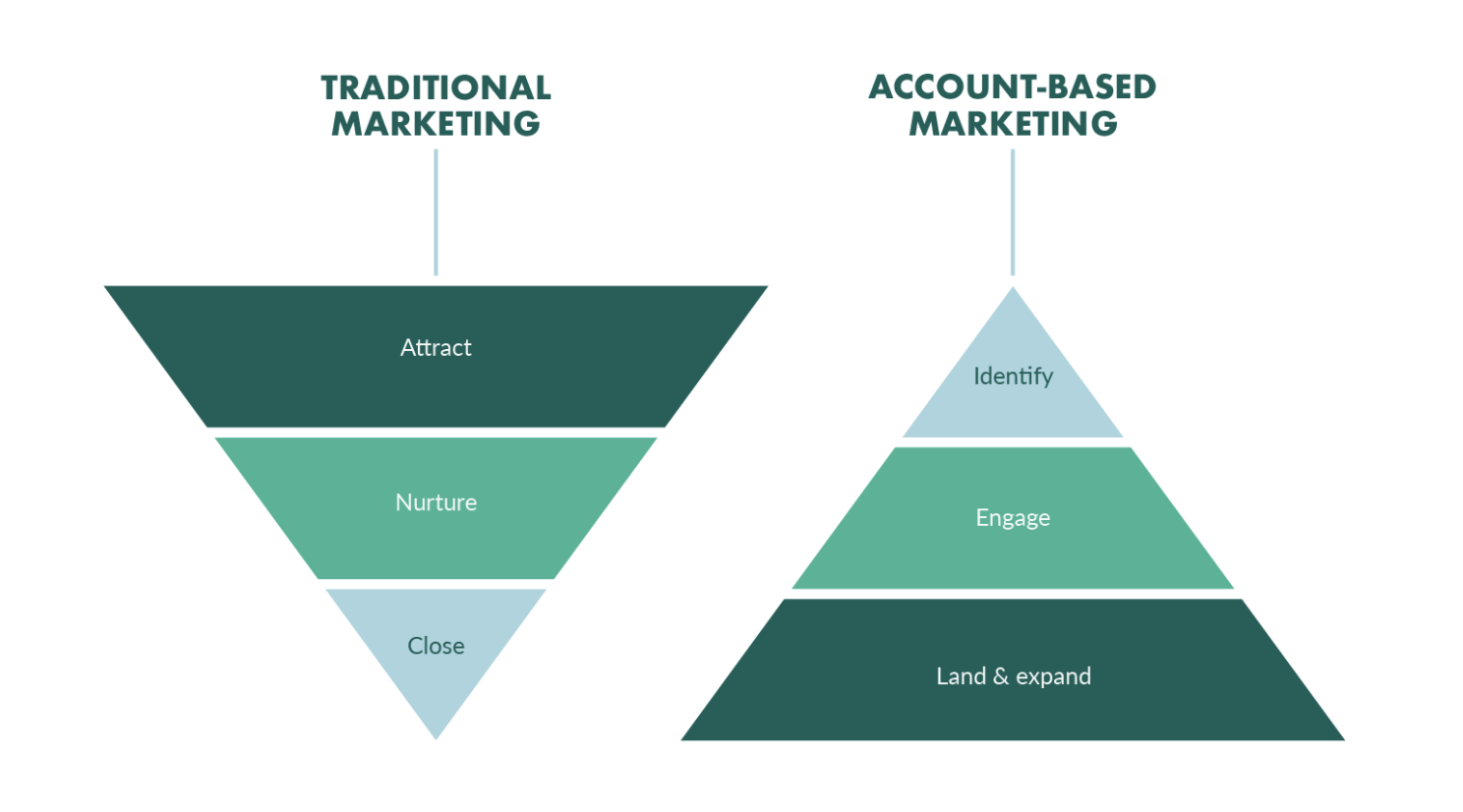Why Demand Generation Is Crucial for B2B Success in 2025
Demand generation is a major component in successful B2B marketing, connecting businesses with potential customers. In 2025, this strategy builds a robust pipeline that enhances brand awareness and turns interest into profitable, long-term relationships.
As buyer behaviors and market conditions continue to shift rapidly, mastering effective demand generation tactics is crucial. These strategies help businesses attract ideal customers and build a foundation of trust and value, fostering both immediate gains and sustained partnerships. Let’s examine why demand generation is essential for B2B companies.
Quick Takeaways
- B2B demand generation goes beyond generating leads, focusing on building a robust pipeline that enhances brand awareness and converts interest into profitable, long-term relationships.
- Advanced technologies like AI, machine learning, and data analytics are revolutionizing B2B demand generation by improving targeting accuracy and campaign efficiency.
- Effective demand generation in B2B markets involves employing strategies like Account-Based Marketing (ABM) and multi-channel engagement to reach and resonate with key decision-makers.
- Evaluating the effectiveness of demand generation strategies through metrics such as conversion rates and ROI is essential for refining tactics and achieving business goals.
The Fundamentals of B2B Demand Generation
Demand generation is about more than capturing leads; it’s a comprehensive approach that involves multiple strategies to engage and convert potential customers. At its core, demand generation includes:
- Content Marketing: Crafting valuable content that addresses the needs and challenges of potential buyers, thereby positioning your brand as a thought leader and solution provider.
- Email Marketing: Using targeted email campaigns to nurture leads by providing them with useful information and updates about your products or services.
- Social Media Engagement: Leveraging platforms where your potential customers are active to enhance brand visibility and engage directly with the audience through thoughtful discussions and content sharing.
- SEO and Online Presence: Optimizing your website and content for search engines to ensure visibility when potential customers are searching for solutions that your business offers.
These components work together to create a cohesive strategy that not only attracts but also engages and convinces potential customers of the value your business can provide.
Aligning Demand Generation with B2B Buyer Journeys
Understanding the buyer journey is crucial for effective demand generation. Each stage of the buyer’s journey—from awareness to consideration to decision—requires tailored marketing tactics that guide potential customers towards making a purchase.

Awareness Stage
At this initial stage, potential customers are experiencing and expressing symptoms of a problem or opportunity. Your goal is to use educational content to raise awareness and establish your brand’s credibility.
Consideration Stage
Now that you’ve captured their interest, prospects are actively looking for ways to address their needs or problems. This is the time to present case studies, product comparisons, and detailed guides that showcase your solutions.
Decision Stage
At this point, prospects are ready to choose a solution. Detailed product demonstrations, customer testimonials, and free trials are effective in persuading them that your solution is the best fit.
By mapping demand generation activities to these stages, you ensure that potential customers receive the right messages at the right time, significantly increasing the likelihood of conversion.
Technological Advancements Driving Demand Generation
In 2025, technology plays a critical role in enhancing demand generation efforts. Innovations in artificial intelligence (AI), machine learning, and data analytics are transforming how B2B companies target and engage with potential customers:
- Artificial Intelligence and Machine Learning: These technologies improve targeting accuracy and campaign efficiency by predicting customer behavior and automating repetitive tasks. For example, AI can tailor content delivery based on user behavior, ensuring that prospects receive relevant and timely information.
- Data Analytics: Robust analytics provide deep insights into customer preferences and campaign performance, enabling marketers to make data-driven decisions. This leads to optimized strategies that resonate more effectively with target audiences.
- Automation Tools: From scheduling social media posts to sending personalized emails at scale, automation tools streamline operations, allowing marketing teams to focus on strategy and creative efforts that attract more qualified leads.
Leveraging these technological tools, B2B companies can better understand and anticipate customer needs, enhancing the precision and impact of their demand generation campaigns.
Demand Generation Strategies for B2B Success
Effective demand generation requires a combination of strategic planning and tactical execution. Here are several strategies that are proving effective for B2B companies in 2025:
Account-Based Marketing (ABM)

ABM focuses marketing efforts on key accounts that have the highest potential for business impact. By crafting personalized marketing campaigns designed to resonate with specific decision-makers, companies can improve conversion rates and increase ROI.
Multi-Channel Engagement
Employing a variety of channels—such as email, social media, and digital advertising—ensures that your message reaches potential customers wherever they are. Coordinating these channels to deliver a consistent message amplifies the impact and reinforces the brand presence.
Engaging Content
Developing content that informs, entertains, and engages your audience is crucial. Whether through interactive webinars, insightful blog posts, or compelling video content, providing value that addresses specific customer needs and challenges drives engagement and moves prospects along the buyer’s journey.
By adopting these strategies, B2B marketers can create a demand generation ecosystem that not only reaches but also resonates with, and retains customers.
Measuring the Success of Demand Generation Efforts
To ensure that demand generation strategies are effectively contributing to business goals, it’s essential to measure their impact. This evaluation helps refine tactics and optimize resources. Here are some key performance indicators (KPIs) and tools that are instrumental in assessing the success of demand generation campaigns:
- Lead Generation Metrics: Track the number of new leads generated and their sources. This helps determine which channels and tactics are most effective at attracting potential customers.
- Conversion Rates: Monitor how many leads convert into opportunities and, ultimately, into sales. This metric is crucial for understanding the effectiveness of your nurturing processes and sales funnel.
- Customer Acquisition Cost (CAC): Calculate the total cost of acquiring a new customer, including all marketing and sales expenses. A lower CAC indicates a more efficient demand generation strategy.
- Return on Investment (ROI): Assess the overall profitability of your demand generation efforts by comparing the revenue generated to the costs involved. A positive ROI signifies successful campaigns.
- Customer Lifetime Value (CLV): Understanding the projected revenue a customer will generate during their relationship with your company allows for better targeting and personalization in future campaigns.
Tools for Tracking and Analysis
- CRM Systems: These platforms can integrate data across marketing and sales efforts, providing a comprehensive view of customer interactions and campaign effectiveness.
- Marketing Automation Tools: Automate data collection and analytics for email campaigns, social media engagement, and content interactions to gain insights into customer behavior.
- Analytics Platforms: Tools like Google Analytics can track website traffic, user behavior, and conversion metrics, which are vital for assessing the effectiveness of online demand generation strategies.
By regularly reviewing these metrics and leveraging advanced analytics tools, B2B companies can make informed decisions to continuously improve their demand generation processes and achieve greater market success.
Secure Marketing Success Today with Televerde
Demand generation is more than a marketing tactic; it’s a vital component of a successful B2B strategy in 2025. By leveraging new technologies and strategic approaches, companies can attract, engage, and convert leads more effectively than ever before. As markets continue to evolve, the ability to adapt and optimize demand generation efforts will distinguish leaders from their competitors.
Ready to elevate your B2B demand generation strategy? Discover how Televerde’s innovative solutions can transform your marketing efforts and drive business growth. Contact us today to learn more and start your journey towards enhanced market success.


